Why New Zealand Culture Proudly Calls Its People “Kiwi”

Picture this: you’re at an airport lounge, and someone shouts, “Kia ora, Kiwis!” A few heads turn, smiles appear, and there’s an instant sense of connection. In New Zealand culture, Kiwi isn’t just a nickname it’s a heartbeat of pride, humility, and belonging, born from a small flightless bird that came to symbolize an entire people.
From Māori taonga to soldiers’ badge to modern nickname, this piece traces how Kiwi became a national identity.
The Real Kiwi: A Bird Like No Other

Before it ever described a person, Kiwi belonged to a bird found nowhere else on Earth. This small, flightless creature with hair-like feathers, a long beak, and a curious snuffle has walked New Zealand’s forests for millions of years. Quietly keeping insect populations in check.
For Māori, the kiwi was sacred long before it became a national icon. It was regarded as a taonga (treasure) connected to Tāne Mahuta, god of the forest. Its soft feathers were woven into kahu kiwi ceremonial cloaks symbolizing protection and prestige. The bird’s rarity and nocturnal habits gave it a kind of quiet mana, making it a fitting emblem for a people who valued humility and strength.
As writer Richard Wolfe notes in New Zealand Geographic, the kiwi’s rise to stardom was unlikely. “Among the panoply of lions, wallabies, bears, and eagles that represent their countries,” he wrote. “The unprepossessing kiwi stands (as opposed to flies) above the rest, for no other creature has given its name to both a nation’s inhabitants and its culture.”
Despite its odd proportions, “a walking stick for a beak, whiskers of a cat, legs of a kickboxer,” the kiwi became the perfect symbol of rugged individuality. This identity mirrored the settler spirit and the landscape itself.
From Forest Emblem to National Symbol
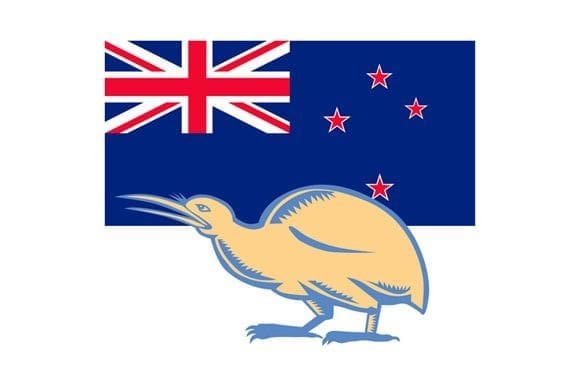
By the early 1900s, the kiwi had stepped beyond the forest and onto the world stage. In 1904, a J.C. Blomfield cartoon showed a determined kiwi transforming into a mighty moa as New Zealand’s rugby team. They defeated Great Britain 9-3, possibly the first time the bird was used to symbolize the nation.
Over the next few years, artists like Trevor Lloyd and publications such as the Westminster Gazette popularized the image. Portraying the kiwi in sporting rivalries and colonial settings.
By 1908, the kiwi had become the dominant emblem for New Zealand in cartoons, replacing earlier symbols like the moa, fern leaf, and lion cub. Its image began to appear on stamps, regimental badges, and commercial goods from butter and biscuits to patriotic posters. Because the kiwi existed nowhere else, it became shorthand for authenticity. To call something “Kiwi-made” was to say it carried a piece of the nation’s character, resourceful, honest, and grounded.
The Soldiers Who Carried the Name
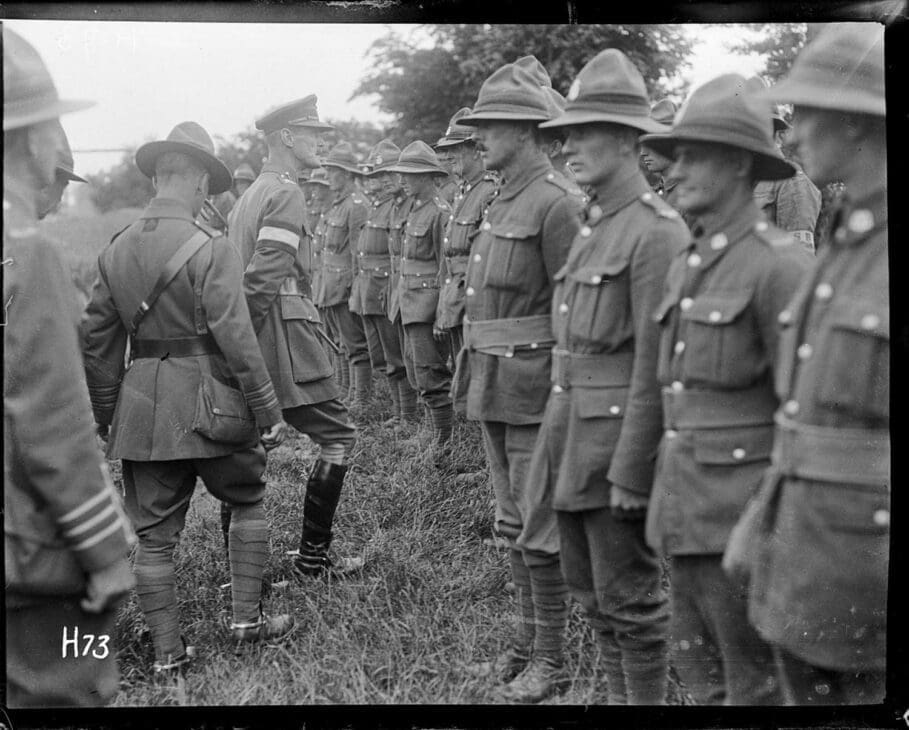
The word “Kiwi” took on a whole new meaning during the First World War. Before then, the kiwi bird stood for the country itself, appearing on stamps, badges, and cartoons, but not yet for its people. New Zealanders were known as “En Zedders,” “Maorilanders,” or “Fernleaves.”
That changed around 1917, when soldiers from New Zealand began being called “Kiwis” by their allies. The nickname came naturally: the bird had already appeared on military badges since the South Canterbury Battalion adopted it in 1900, and it symbolized something distinct and proudly New Zealand.
At the war’s end, the name stuck. Soldiers carved a giant kiwi on the chalk hills above Sling Camp in southern England, leaving behind a literal mark of their identity. The image captured everything the name had come to mean: bravery, endurance, and belonging to a land unlike any other.
The kiwi, once a bird of the forest, had become a badge of peoplehood. From that moment on, being called a Kiwi wasn’t just a nickname; it was a shared story of nationhood carried across oceans and generations.
From the Frontlines to Everyday Life
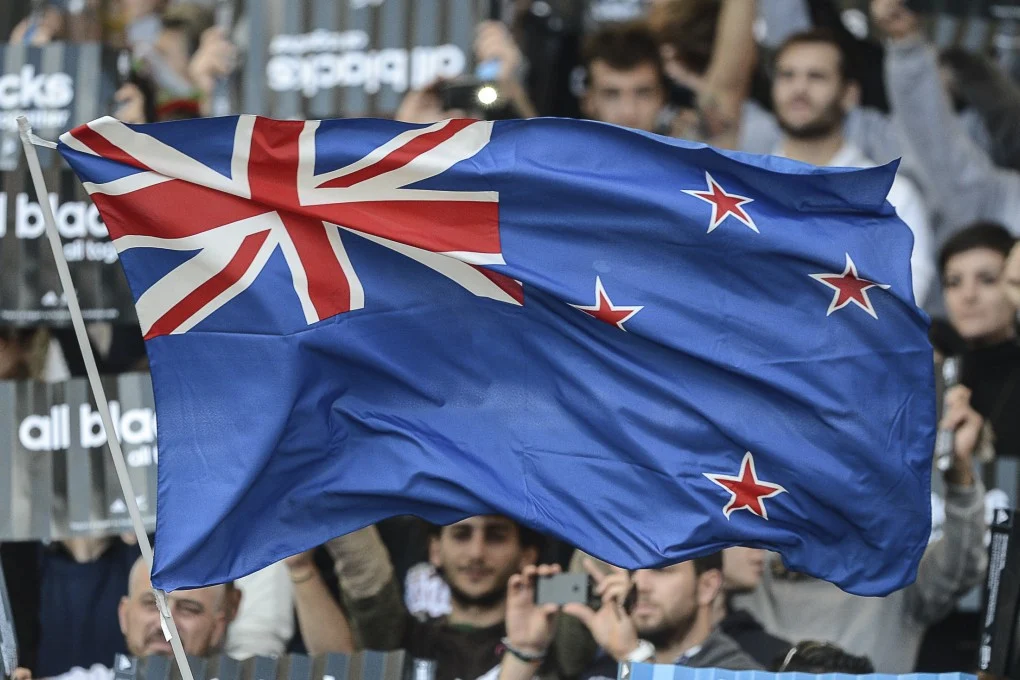
After the war, the name “Kiwi” spread rapidly across civilian life. Newspapers, school lessons, and sports commentary all embraced it as a symbol of New Zealand identity. What began as a soldiers’ nickname evolved into a cultural marker appearing on passports, shouted from rugby stands, and used in everyday conversation.
The word’s postwar rise wasn’t just linguistic it reflected how New Zealanders saw themselves: adaptable, creative, and grounded in community spirit. Soon, “Kiwi” appeared everywhere from sports fields to official passports, becoming more than a label. It evolved into a living expression of national pride and cultural connection.
What “Kiwi” Means in New Zealand Culture Today
Being called a Kiwi is more than a nickname it’s a national identity rooted in resilience, creativity, and connection to the land. Like the flightless kiwi bird itself, New Zealanders are known for adaptability and quiet determination, turning challenges into opportunities with characteristic humor and humility.
That spirit is summed up in the phrase “Kiwi ingenuity,” a hallmark of New Zealand culture seen in innovations from the jet boat to Rocket Lab, the space company founded in Auckland that now launches rockets from New Zealand’s Mahia Peninsula. It’s a modern symbol of how Kiwi inventiveness continues to reach new heights literally.
Beyond innovation, “Kiwi” embodies community and shared pride. It connects rural farmers and urban creators alike, extending to New Zealanders abroad who carry that same warmth, hospitality (manaakitanga), and love of nature. Whether it’s stamped on a passport, chanted from rugby stands, or used in everyday conversation, “Kiwi” remains a badge of belonging and a living reflection of national character.
The Evolving Story of “Kiwi”
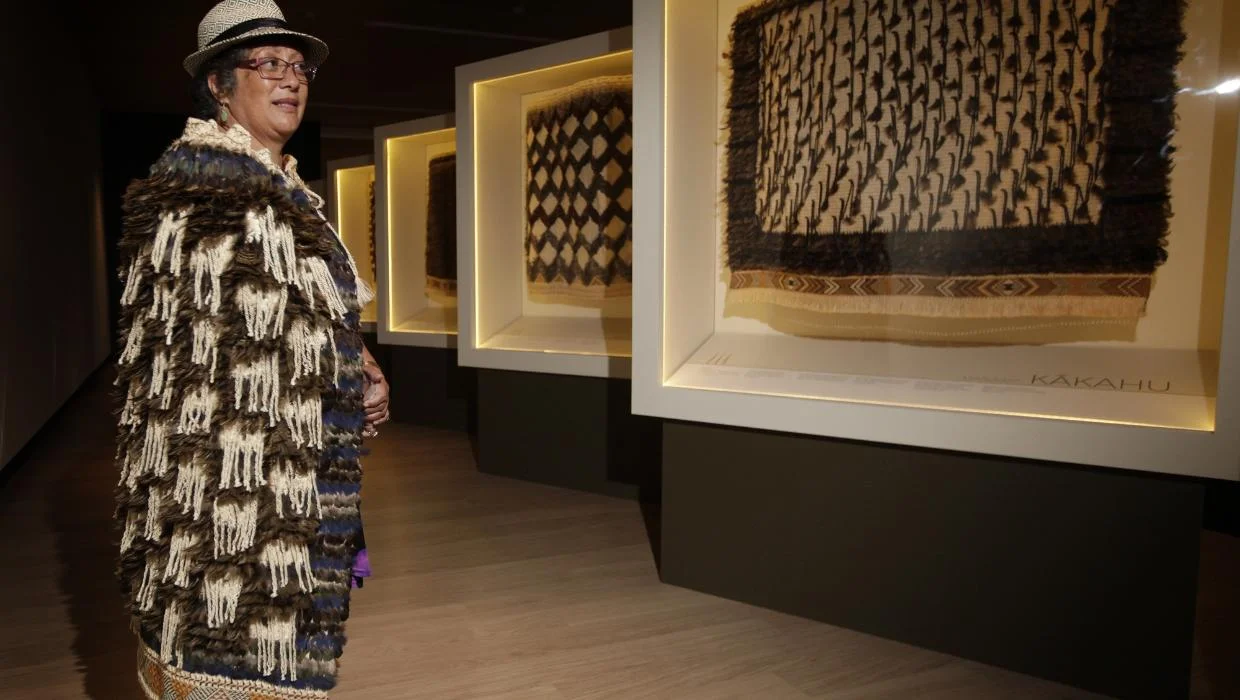
The word “Kiwi” has deep roots in Māori culture and continues to evolve in contemporary New Zealand. When Māori first arrived in Aotearoa, they gave the kiwi its name, seeing it as the eldest child of Tāne-mahuta. In Māori tradition, humans are also considered relatives of Tāne-mahuta, making kiwi their elder brothers and sisters who offer protection.
Many Māori are actively involved as kaitiaki guardians of kiwi, using traditional knowledge to protect and restore populations in their rohe (territories). This relationship has even been formally recognized in the Treaty of Waitangi settlement claims. Historically, Māori hunted kiwi for meat, skin, and feathers, performing special chants and rituals before a hunt to honor the bird’s spiritual significance.
Feathers were used to make kahu-kiwi, ceremonial cloaks reserved for chiefs, carrying the wairua (spirit) of the birds. Today, feathers are gathered only from kiwi that die naturally or from accidents, maintaining respect for the species.
In modern usage, “Kiwi” has expanded beyond its Māori origins to represent all New Zealanders. It symbolizes national identity, resilience, and the shared values of community, humility, and respect for nature. While its meaning has broadened in English, remembering its Māori roots highlights the link between language, culture, and identity, bridging New Zealand’s ancestral and contemporary heritage.
A Name That Carries the Spirit of New Zealand Culture
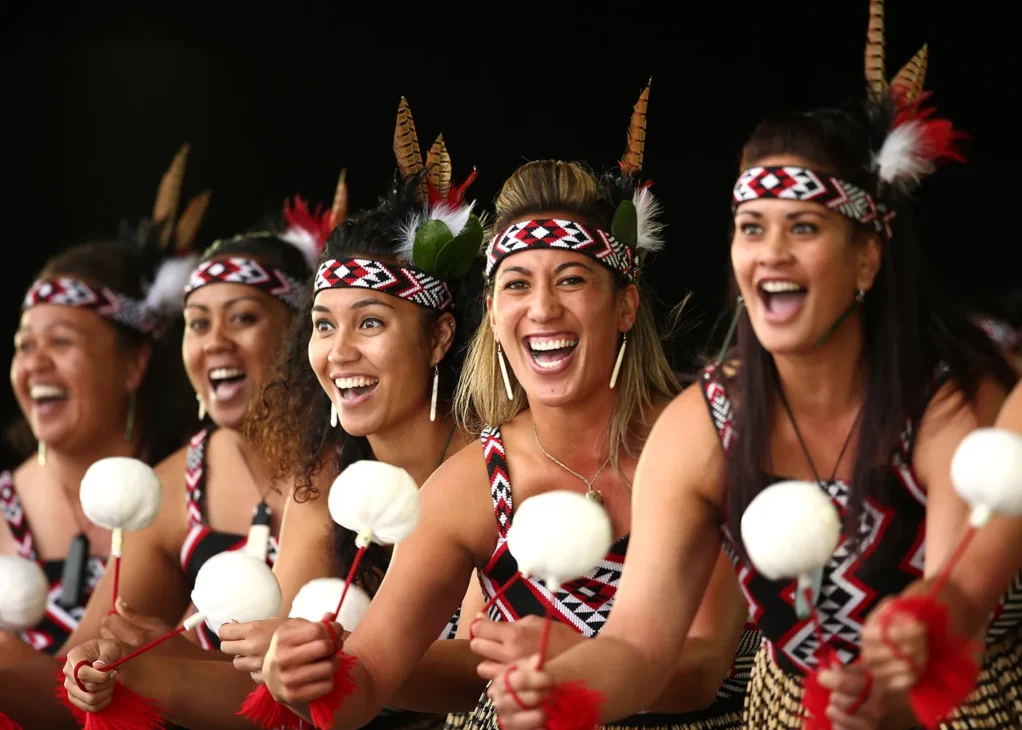
The story of “Kiwi” captures the essence of New Zealand culture, a blend of heritage, humility, and deep connection to the land. What began as the name of a small, flightless bird has grown into a powerful symbol of identity and pride. From Māori traditions to modern life, “Kiwi” reflects the values that unite the nation: resilience, creativity, and community.
To call yourself a Kiwi is to embrace the spirit of a people who honor their roots while moving forward with quiet confidence. It’s more than a nickname; it’s a living emblem of who New Zealanders are and the culture that continues to inspire the world.
What about you? What Kiwi stories, traditions, or memories capture the spirit of Aotearoa for you? Share them in the comments below.
FAQs About New Zealand Culture
1. Why is the kiwi bird only found in New Zealand?
The kiwi evolved in isolation after New Zealand separated from other landmasses about 80 million years ago. With no native land mammals to compete with, the bird adapted to a ground-dwelling, nocturnal lifestyle. Its unique evolution makes it one of the most distinctive flightless birds in the world and a fitting emblem of New Zealand’s natural independence.
2. Is it respectful for non-New Zealanders to call someone a “Kiwi”?
Yes, when used warmly and in the right context. “Kiwi” is an accepted self-identifier for New Zealanders, but tone and familiarity matter. It’s best to use it as New Zealanders do: affectionately, never mockingly or in contrast to ethnic backgrounds.
3. How do Māori people view the use of “Kiwi” today?
Many Māori acknowledge that “Kiwi” originates from their language and their deep spiritual relationship with the bird. While the word has become a national symbol for all New Zealanders, awareness of its Māori roots continues to grow, encouraging respectful recognition of its cultural origins.
4. What are examples of “Kiwi ingenuity” in modern life?
The phrase refers to solving problems creatively with limited resources. You’ll see it in everything from New Zealand’s early jet-boat invention and DIY culture to modern innovations like Rocket Lab’s space technology. It’s about practicality, experimentation, and the can-do attitude that defines daily life.
5. How has the term “Kiwi” shaped New Zealand’s image abroad?
Internationally, “Kiwi” signals friendliness, environmental awareness, and quality craftsmanship. Products labeled “Kiwi-made” often emphasize ethical sourcing and authenticity, reinforcing the idea that New Zealanders take pride in honesty and sustainability.


